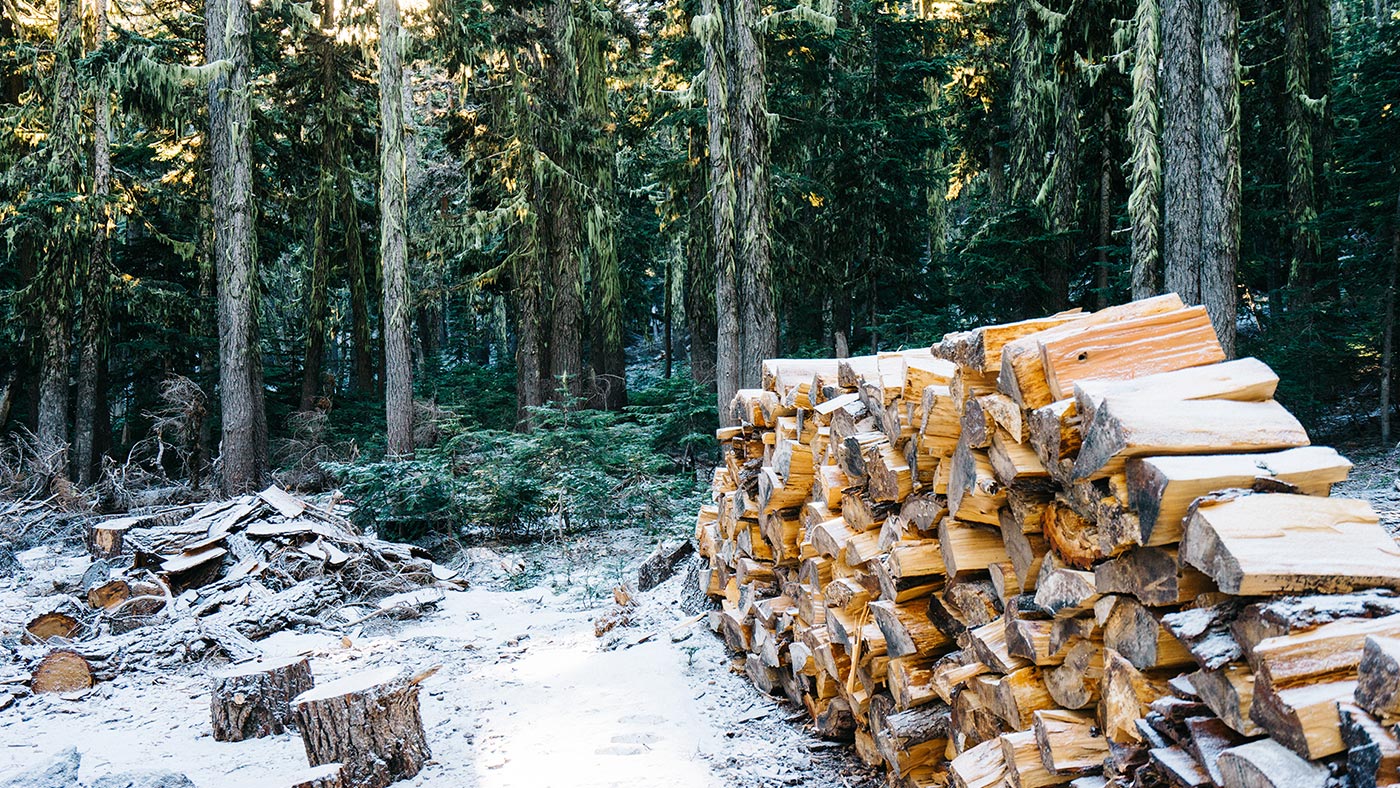
While most efforts to decarbonize the world’s economies tend to focus on energy and transportation, there are huge gains to be made in the construction sector.
Read more
Related articles for further reading
While most efforts to decarbonize the world’s economies tend to focus on energy and transportation, there are huge gains to be made in the construction sector. In fact, a report from the United Kingdom’s Department for Business Innovation and Skills estimates that construction influences 47 percent of CO2 emissions in the UK. One of way to minimize those emissions, perhaps counterintuitively, is to build more with wood.
The manufacturing of concrete, brick, aluminum and steel accounts for 16 percent of the world’s carbon emissions; that share is even higher if you take into account the fossil fuels used to transport those materials. Wood construction, on the other hand, actively stores carbon in the building, and wood-constructed building have lower on going energy usage. Furthermore, because wood is much lighter than steel or concrete, construction projects can be completed more quickly and with less waste and less energy expenditure, resulting in further emissions reductions and a comparable cost for builders and investors.
Construction is not the only industry that can make greater use of wood, says Matti Mikkola, managing director of the Federation of Finish Woodworking Industries. In Finland, nearly all the interior finishings of homes are also made from wood, and the range of other products that could switch to wood production is almost unlimited, he says. Wood is one the strongest and most versatile building materials-and, in addition to storing carbon, it is one of the few that is fully recyclable and renewable.
Growing demand for wood products presents an economic opportunity for countries like Finland, where 1in 10 citizens earn their income directly from forestry or related industries and timber products make up 20% of the nation’s exports. More demand for sustainably grown timber products means more green jobs in and more incentive to replant and maintain forests, sequestering more carbon from the atmosphere and providing a range of co-benefits, from water filtration to wildlife habitat.
Original case study by The Nature Conservancy.